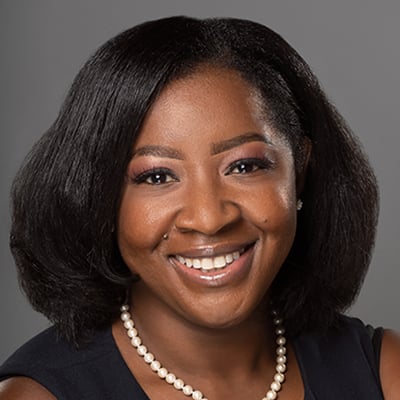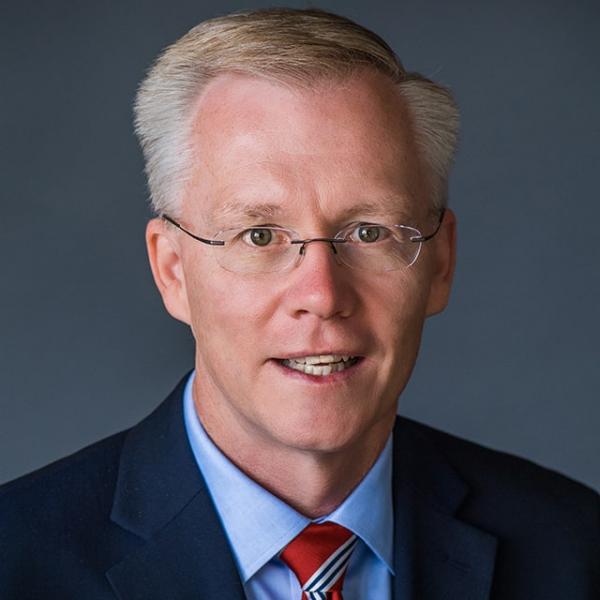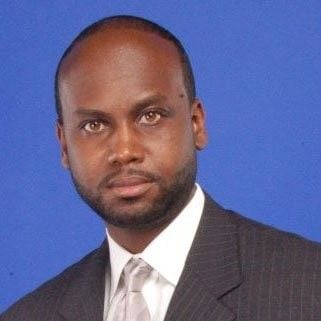I chose to participate in the Milken Institute’s virtual Global Conference from a seat in BNY Mellon’s Cyber, Technology & Operations Center (CTOC). It’s a place that brings to life the role our bank plays at the center of our global capital markets—especially when responding to an event with the economic fall-out of the global economic crisis and 9/11 combined.
Our focus remains on our employees and doing our part to combat an ever-serious public health emergency. But as we rebuild a post-pandemic world, this high-tech nerve center reminds us that never before in our history do we need the scale and reach that only a global financial institution can provide. The investment needed to rebuild is considerable, which is why the markets must provide unprecedented access both to capital as well as data.
A resilient banking system has never been more important. The trends and issues that were already prominent in the financial world—digitization, workplace diversity, and ESG investing, for instance—have accelerated. How we respond in the period ahead will say a lot about us and our future.
By placing our trust in the next generation and working to rebuild trust in our institutions and in each other, we can feel more hopeful about the world to come.
BNY Mellon is fortunate to have a unique perspective on how the infrastructure of the capital markets is evolving, and I can predict with some degree of certainty that because of the pandemic, which showed us just how interconnected the world has become, we could see a decade of financial innovation compressed into half that time. Our global financial ecosystem continues to grow at breakneck speed in order to support digital currencies, tokenized financial assets, and intellectual property.
Digitization of a bank’s core can’t occur without a vibrant, open ecosystem of developers, partners, and, yes, in a world rebuilt by trust, sometimes even competitors. BNY Mellon’s open platform model, characterized by a “strategic entrepreneurship” approach, is a way to hedge even the most disruptive of markets. But it’s also the way to be at the center of them.
Our new ESG app is a great example of how we’re leveraging our global network and vast resources as the “bank of banks.” The app provides clear, actionable feedback to the ESG community by crowdsourcing to determine what drives the vast majority of sustainable investors. With our ESG app, the complex, often opaque world of sustainable investing can become a clear, distinct vehicle for safeguarding and growing the life savings of millions of people.
Markets must also be more inclusive. More individuals and institutions alike need access to expanding markets. They can when they’re part of a digitized ecosystem and the tools that come with it.
Technological advances can’t happen without putting people first. Rebuilding a post-pandemic world is contingent on having an engaged employee base that really wants to perform. Indeed, what all high-performing companies have in common is a diverse and collaborative workforce. To that end, I’ve announced our intention to transform the bank over the next three years in order to reflect the communities we serve. It’s not going to stop there, but we’ve placed a stake in the ground and are committed to change.
We also want to make sure the time decay brought about by the pandemic hasn’t stifled the development of our current talent. Some of the most innovative people at America’s oldest bank—the ones I’m proud to lead—are its youngest employees. In their desire to work with a sense of purpose, they’ve found the ideal place because they’re behind the well-being of the financial system itself.
We would do well to acknowledge that this pandemic—for better or for worse—is likely to be a great accelerator of history’s trends. Historians have shown that when pandemics end, one of two worlds tends to emerge. In some cases, devastated societies dissolve into smaller, more disconnected and distrustful parts. Then there’s the better world before us: one that’s, yes, more complex but more connected and prepared to face the challenges of rebuilding together.
We are surrounded by uncertainty and live in a moment when it’s easy to feel skeptical—even cynical—about our future. But, by placing our trust in the next generation and working to rebuild trust in our institutions and in each other, we can feel more hopeful about the world to come.
















